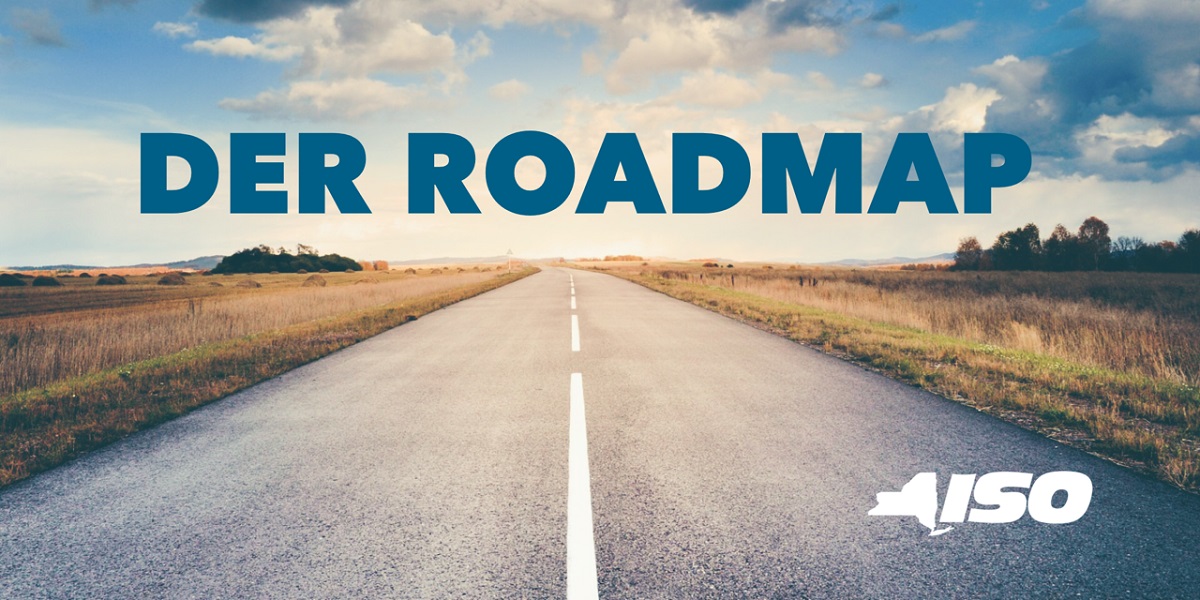Integrating DERs into the Power Grid

At the NYISO, we’re responsible for the reliability of the bulk electric system – a significant challenge that means most of the time we’re focused on high voltage transmission lines and large central station generating assets.
At the NYISO, we’re responsible for the reliability of the bulk electric system – a significant challenge that means most of the time we’re focused on high voltage transmission lines and large central station generating assets. But just as innovation has transformed other parts of our economy, we’re seeing a revolution in the energy industry spurred on by new technology.
As a result, our job at the NYISO is changing too. More and more we’re working on ways to integrate new types of generating assets into our energy markets and operations – including Distributed Energy Resources (DERs). With the help of our stakeholders, we developed a forward-looking plan to do just that, something we call the DER Roadmap. This roadmap presents NYISO’s vision for integrating DERs into the wholesale electricity markets, and provides a guide for building the grid of the future.
But what exactly are distributed energy resources, and why is DER integration important to that grid of the future?
DERs are smaller energy sources that, in many cases, do not rely on conventional fuels such as coal, natural gas, or nuclear energy to generate or manage electricity. DERs include wind and solar, and technologies such as batteries, fuel cells, and advanced metering techniques.
As these new technologies grow and mature, we see real opportunity to meet more energy demand through DERs.
Conventional generation sources are able to produce more power at all times of the day. They do not rely on the sun shining or the wind blowing in order to operate like some DERs do. But conventional generation can be expensive to build and is often long distances from load centers. In New York State, we have a lot of conventional generation in upstate New York but we see a growing constraint on an older transmission system to move that power to the New York City area where demand is greatest.
Energy from small scale solar, battery storage and fuel cells can be distributed on a localized basis, opening up the possibility of a more flexible system that can weather disruptions more effectively and help reach carbon reduction goals set by state energy policy. But to get there we need a solid plan to transition them into the wholesale markets and onto the grid. This is where the NYISO’s Roadmap comes in. Our plan provides detailed guidelines for how to integrate DERs without disrupting system reliability or increasing consumer costs.
We now have an important framework to think about and plan for DER integration, and we will continue to build on these guidelines through future discussions with market participants, stakeholders, and policymakers.

